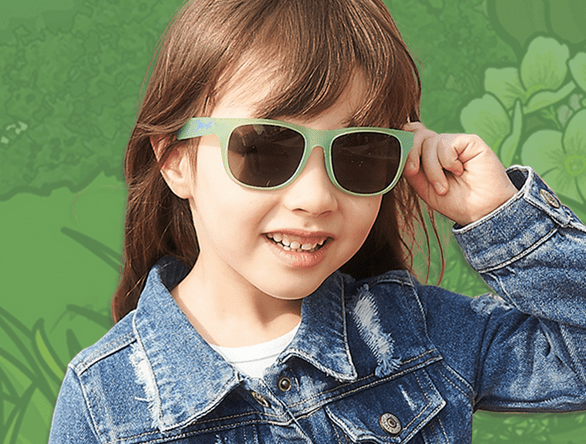...
How to Understand Hearing Protection: SNR vs. NRR
Updated:
You’re holding a pair of BANZ Earmuffs and you see “26 dB” printed on the box. Great—but what does that number really mean? And how do you know it’s the right choice for your child?
All BANZ hearing protection products are independently lab-tested and rated at 26 decibels (NRR), which means they offer a strong level of noise reduction while still being comfortable and appropriate for babies, toddlers, and kids.
Ever wonder what all those numbers on hearing protection mean? Whether you're prepping for a concert, a flight, or just a day out with your little one, knowing what makes a pair of earmuffs effective can give you peace of mind. Let’s break it down—no jargon, just facts, science, and some good ol’ common sense.
👂 What is NRR (Noise Reduction Rating)?
NRR is the rating used in the United States to measure how much sound a hearing protection device can block in a lab setting. It’s overseen by OSHA and calculated under very controlled (and very quiet) test conditions.
So when you see NRR 26, that means it can reduce noise by up to 26 decibels in ideal settings. Real life isn’t a lab, so experts like NIOSH and OSHA recommend using a more conservative estimate for daily use. Even with that adjustment, a well-fitted earmuff with an NRR 26 rating still provides strong, effective protection—enough to take the edge off loud environments like concerts, power tools, or fireworks and help keep your child’s ears safe and sound.
🇪🇺 What is SNR (Single Number Rating)?
SNR is the European version of NRR. It comes from tests based on EU safety regulation 2016/425. These tests also happen in labs, but the methods and assumptions are different.
That’s why an earmuff with SNR 30 might only test at NRR 26 in the U.S. It’s not that one is better—it’s just apples and oranges. Or more accurately, apples tested by two different scientists.
🔬 Why Are These Numbers Different?
- Testing standards differ: U.S. uses ANSI (like ANSI S3.19), while the EU uses ISO methods.
- Derating factor: NRR gets adjusted for real-life use. SNR doesn’t.
- Environments: Test rooms, equipment, and assumptions vary—so the numbers do too.
Bottom line: Don't panic if you see different numbers. Look for transparency and real testing.
👶 What’s a Good Rating for Children?
For babies and toddlers, you want something in the NRR 20–26 range. That’s strong enough to protect against loud events like parades, fireworks, concerts, or even a vacuum cleaner—but gentle enough not to over-block sound, which kids need for development.
Think of it like sunscreen: you want just the right SPF. Not too low, not overkill. With earmuffs, the right NRR keeps them safe and aware.
🔎 How Do I Know the Product Is Legit?
Look for these safety standards:
- ANSI S3.19 / S12.6 for the U.S.
- EN 352-1:2020 for Europe
- Real lab test results published (not just marketing claims!)
If a product only shows an SNR or NRR but no testing lab or certification, be cautious. At BANZ, we always provide both—and we’re proud of our results.
🧪 What Makes BANZ Different?
At BANZ, we take hearing protection seriously. Our earmuffs are:
- Independently tested in certified labs
- Compliant with ANSI S3.19 and EN 352
- Rated NRR 26 dB (verified, not inflated)
- Registered as Category 4 hearing protectors
- Trusted by families, schools, parades, and hospitals

We even partner with pediatric audiologists and nonprofits like Ear Peace Foundation to promote healthy hearing habits.
More info here: BANZ Safety Testing
Still have questions? Reach out to our team anytime at support@banzworld.com.

